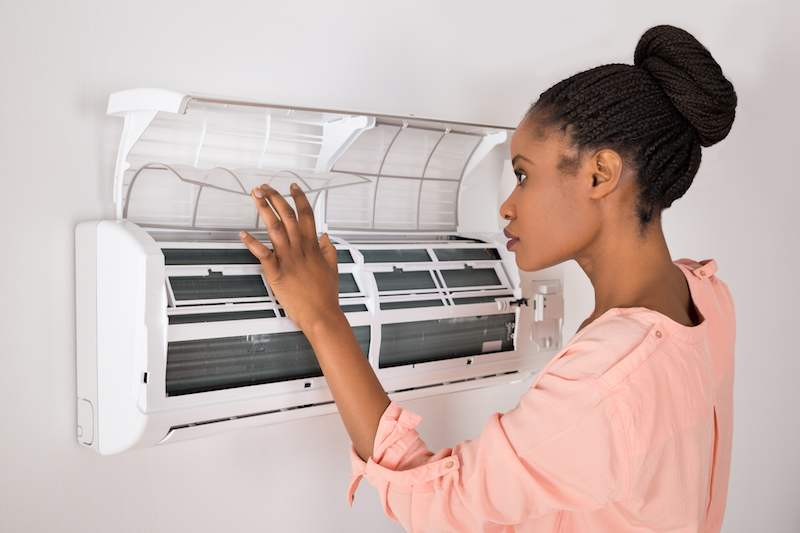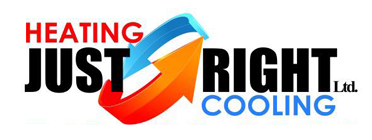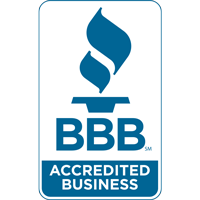
You shouldn’t be forced to give up comfort or drain your wallet to keep your home at a refreshing setting during warm days.
But what is the best temperature, exactly? We go over ideas from energy professionals so you can find the best temp for your family.
Here’s what we suggest for the most energy-efficient setting for air conditioning in Goshen.
Recommended Thermostat Settings for Summer
Most people find using the thermostat at 72-73 degrees provides ideal comfort. However, if there’s a major difference between your inside and exterior temps, your AC expenses will be greater.
This is our advice based on the U.S. Department of Energy (DOE) and ENERGY STAR®.
While at home: 78 degrees. While that seems hot, there are ways you can keep your home refreshing without having the AC going constantly.
Keeping windows and curtains shut during the day keeps chilled air where it needs to be—within your home. Some window treatments, including honeycomb shades or plantation shutters, are designed to provide added insulation and better energy conservation.
If you have ceiling fans in your residence, the DOE says you can increase thermostat temps about 4 degrees higher without giving up comfort. That’s since they cool with a windchill effect. Since they cool people, not rooms, turn them off when you move from a room.
If 78 degrees still appears too hot on the surface, try conducting a test for about a week. Begin by increasing your temperature to 78 degrees while you’re at your residence. Then, progressively turn it down while following the ideas above. You may be astonished at how refreshed you feel at a higher temperature setting.
While away: 88 degrees. There’s no need to keep the air conditioner going all day while your house is vacant. Moving the setting 7–10 degrees hotter can save you an estimated 5–15% on your air conditioning expenses, according to the DOE.
When you arrive home, don’t be tempted to put your thermostat colder than 78 to cool your house more quickly. This isn’t productive and usually leads to a higher electrical bill.
A programmable thermostat is a helpful approach to keep your temperature controlled, but you need to set programs. If you don’t utilize programs, you risk forgetting to move the set temperature when you leave.
If you want a handy remedy, think over buying a smart thermostat. This thermostat links with your phone, so it realizes when you’re at home and when you’re gone. Then it automatically adjusts temperature settings for the biggest savings. How much exactly? About $180 annually on heating and cooling, according to ENERGY STAR.
Another benefit of getting a smart thermostat? You can use your phone to monitor and regulate temperature settings from almost anywhere.
While sleeping: Around 70 degrees. While ENERGY STAR recommends 82 degrees, that might be unbearable for most families. Most people sleep better when their bedroom is cold, so that’s why the National Sleep Foundation advises 60–67 degrees. But that could be too cold, due to your PJ and blanket preference.
We recommend following a comparable test over a week, moving your temperature higher and gradually turning it down to determine the ideal temperature for your residence. On mild nights, you might find keeping windows open at night and running a ceiling fan is a preferable idea than using the AC.
More Ways to Save Energy During Warm Weather
There are extra approaches you can spend less money on utility bills throughout the summer.
- Upgrade to an energy-efficient cooling system. Central air conditioners only work for about 12–15 years and get less efficient as they get older. A new air conditioner can keep your home more comfortable while keeping electrical expenses small.
- Book yearly air conditioner service. Annual air conditioner maintenance keeps your unit operating smoothly and could help it work more efficiently. It may also help extend its life expectancy, since it helps pros to pinpoint little troubles before they cause a major meltdown.
- Switch air filters often. Follow manufacturer instructions for replacing your air filter. A dusty filter can lead to your system short cycling, or switch on and off too frequently, and drive up your electrical.
- Check attic insulation levels. Nearly 90% of residences in the United States don’t have enough insulation, according to the Insulation Institute. Many southern climates should have 13–14” of attic insulation, while northern climates require 16–18”.
- Have your ductwork inspected. Ductwork that has come apart over time can leak cold air into your attic, walls or crawl space. This can create major comfort troubles in your home, such as hot and cold spots.
- Seal openings, doors and windows. Keep warm air in its place by plugging cracks. You can also caulk or weather strip doors to seal more conditioned air inside.
Save More Energy During Hot Weather with Just Right Heating and Cooling
If you need to use less energy during warm weather, our Just Right Heating and Cooling experts can assist you. Reach us at 513-935-3804 or contact us online for additional info about our energy-saving cooling products.


